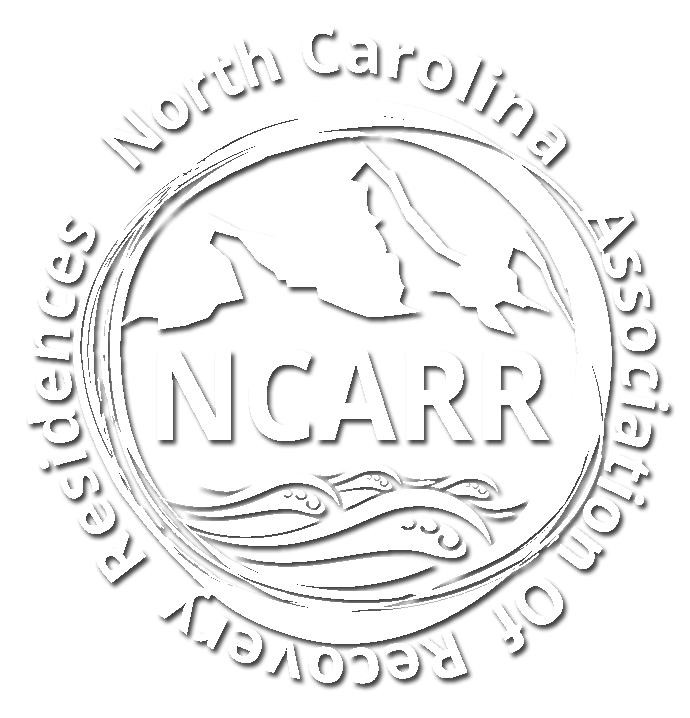
NCARR seeks to ensure a standard of excellence among its members thus becoming the trusted resource for both professionals looking to provide addiction recovery services and for persons in need of addiction recovery services to find each other wherever they are in the continuum of care.